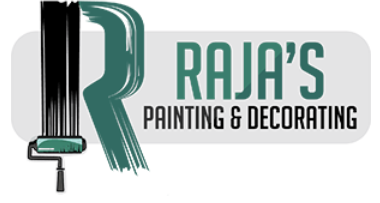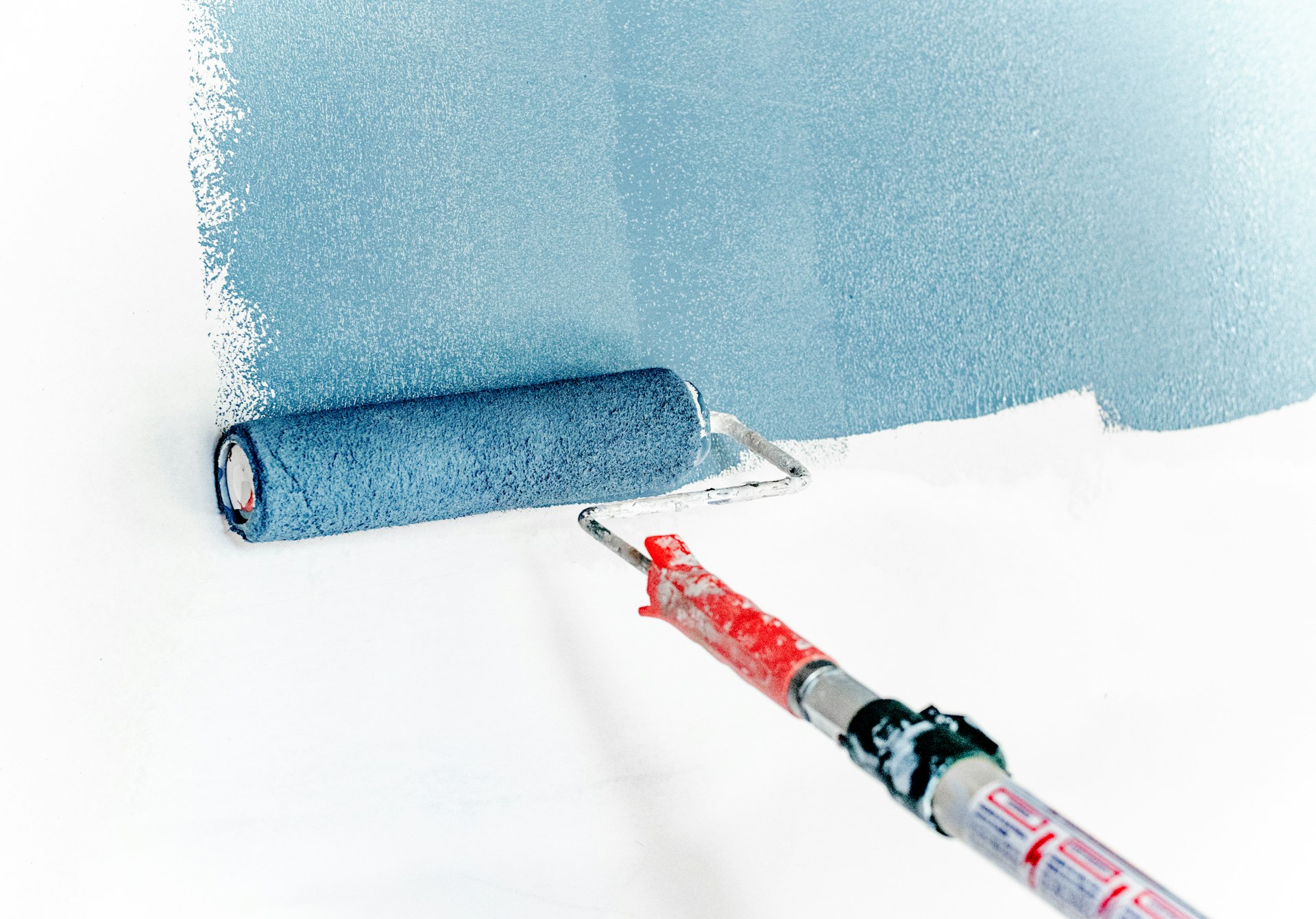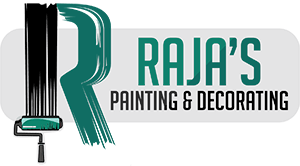Common Problems with Drywall Painting and How to Avoid Them
Drywall painting can seem like a simple task, but there are a few bumps you might encounter if you’re not prepared. Many homeowners in Cranbourne find that making their walls look smooth and polished takes more than just a paint roller. From avoiding unsightly textures to ensuring your paint sticks just right, there’s a lot to think about before you even open the paint can. Having an awareness of what might go wrong can save you from extra work down the road.
You might dream of giving your room a fresh new look, but unexpected issues like cracking or peeling are all too common. These pesky problems can turn a fun DIY project into a bit of a headache if not tackled the right way. Thankfully, knowing what you’re up against means you can plan ahead and make smarter choices. Understanding these common pitfalls can transform your painting project into a breeze.
Preparing Your Drywall
The first step towards a successful paint job is to prepare your drywall properly. A clean, smooth surface makes a world of difference. Dirt and debris can interfere with paint adhesion, so take some time to clean your walls. Use a damp cloth to wipe away dust and let it dry thoroughly before you begin painting.
Next, inspect your walls for any imperfections. Look for cracks or holes that need patching up. Using a lightweight patching compound can help fill these spots without too much hassle. Sand down the repaired areas gently once they’re dry. This ensures a smooth canvas for your paint and helps to prevent any bumps from standing out.
Priming is another vital step before you start painting. Primer acts like the glue between your drywall and paint, providing the necessary foundation for the coat to adhere properly. It also helps to even out the color if you’re painting over a darker shade. Overall, taking the time to prepare your drywall might feel tedious, but it lays the groundwork for a smooth and lasting finish.
Common Problems with Drywall Painting
Once your drywall is ready, it’s time to dive into painting with confidence. However, you might encounter some common challenges if you’re not careful. These problems can disrupt your project, but with a bit of know-how, you can keep things on track.
Here are a few hiccups you might face:
– Uneven texture or blotchy appearance: Sometimes, paint spreads unevenly, leaving patches of various shades. This can happen if the surface wasn’t prepped properly.
– Paint bubbling or blistering: If the paint doesn’t stick well, bubbles can form and ruin the smooth finish. This often occurs when moisture is trapped underneath the paint layer.
– Cracking or peeling paint: A fresh coat peeling away is not what anyone wants. This problem arises when the paint layer loses its bond with the surface.
– Paint not adhering to the surface: When paint doesn’t stick, it shows incomplete coverage or scratchy lines.
– Streaks or roller marks: Visible lines and streaks can diminish the look of your freshly painted walls. They often result from using the wrong tool or technique.
Understanding these issues now helps you tackle them swiftly should they arise, ensuring a gratifying outcome for your painting project.
How to Avoid These Issues
Avoiding these problems boils down to a few simple yet effective tips. Your preparation plays the biggest role in getting that flawless finish.
1. Proper Preparation: Always start with a clean surface. Make sure the walls are free of dust and imperfections before you begin.
2. Right Type of Paint: Choose high-quality paint suited for the specific conditions of your space, whether it’s for kitchen moisture or sunny living areas.
3. Smooth Application Techniques: Use the proper tools for your paint, whether it be brushes for corners or rollers for larger areas, and apply in even strokes.
4. Adequate Drying Time: Allow each layer to dry completely before applying the next. Rushed jobs lead to bubbles and an uneven finish.
5. Professional Services: Consider hiring experts for complex areas or for ensuring that top-notch results. Professionals can help you avoid these common issues altogether.
By following these tips, you can ensure your drywall painting project goes smoothly and achieves the desired results without a hitch.
Final Touch Ups and Maintenance
Once your paint job is complete, a little maintenance goes a long way in preserving its fresh look. Even after careful application, minor flaws can appear over time. A few touch-up tips and regular upkeep will help maintain the vibrancy and smooth texture of your painted walls.
For touch-ups, keep some leftover paint handy for quick fixes. Small marks or scratches can be gently coated to blend with the existing paint. Cover larger areas with a brush that mimics the original application technique to ensure consistency.
Regular maintenance involves cleaning your walls gently. Use a soft sponge or cloth and a mild soap solution to remove dirt or smudges without damaging the paint. Avoid strong chemicals, as they can erode the paint and dull its sheen over time.
By keeping your walls clean and mending any signs of wear promptly, you can enjoy the bright and balanced beauty of your newly painted space for longer periods without needing a redo. Consistent care helps extend the life of your paint, ensuring your home remains inviting and vibrant.
For homeowners in Cranbourne aiming for a smooth, long-lasting finish, professional expertise can make all the difference. Raja’s Painting & Decorating offers skilled solutions to help you achieve top-quality results. Learn more about our drywall painting services and get your next project started with confidence.


